Maui Nui Projects & Plans
The Maui Nui Branch of Forestry & Wildlife engages in a number of projects and partnerships across our islands. Information below is provided to help Maui, Molokaʻi, and Lānaʻi residents understand the work of the Branch in some of the projects we undertake to steward our natural and cultural resources.
Current & Recent Projects
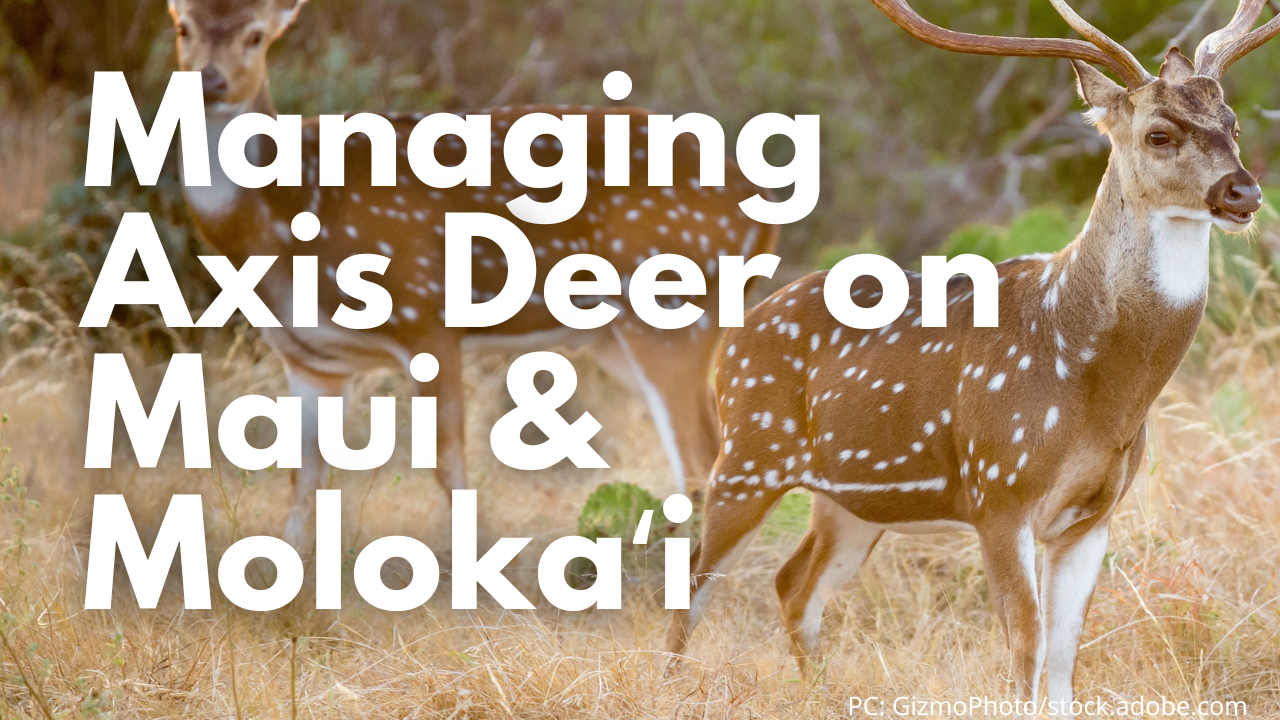 |
Managing Axis Deer on Maui & Molokaʻi Axis deer can be a food source in some places, and a threat to forests or crops in others. Learn how Forestry & Wildlife works with partners to find the balance, encouraging hunting and limiting impacts to our native forests and our farms. |
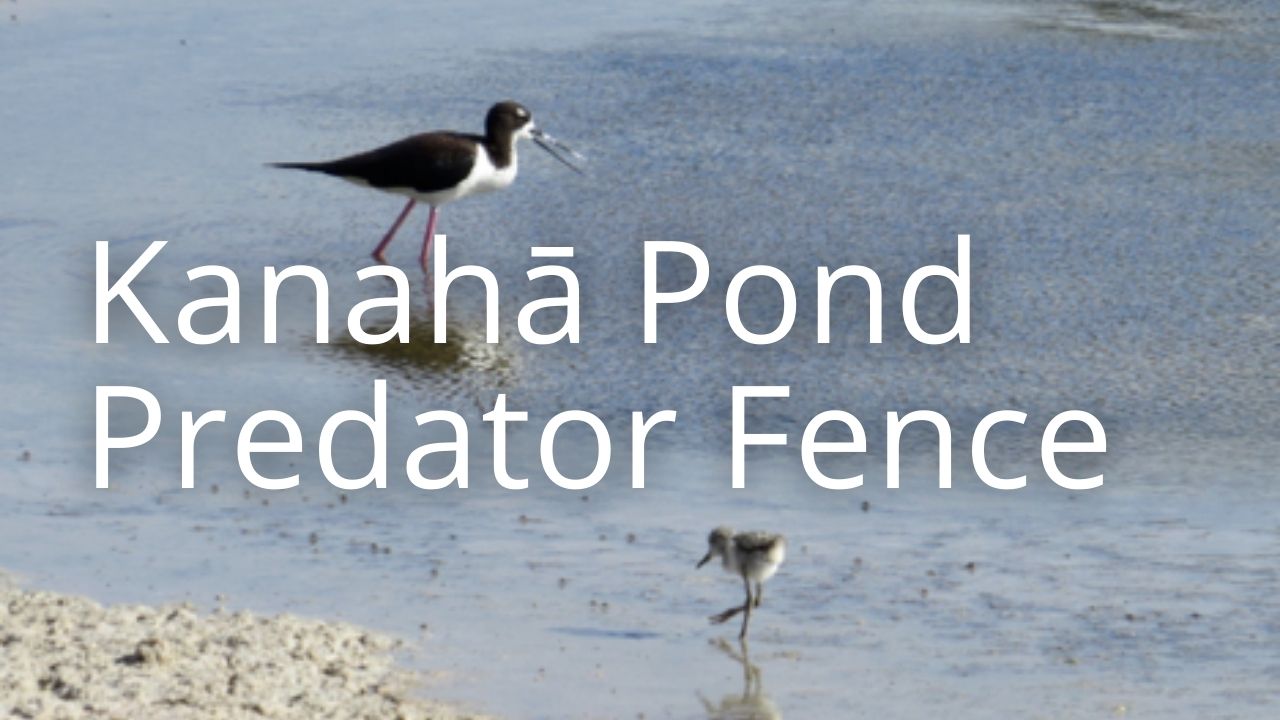 |
Kanahā Pond Predator-Proof Fence
Starting in 2022, construction of a two-mile fence will replace the aging chain-link fence with one that prevents feral cats, mongooses, rats and dogs from entering the primary nesting ground on Maui for four species of uniquely Hawaiian waterbird species. It will also discourage Axis deer which threaten the more than 60 species of native plants and 100 invertebrates which provide the birds with food and nesting materials. The Amala Place entrances and trails are currently closed, remaining closed until construction is completed. |
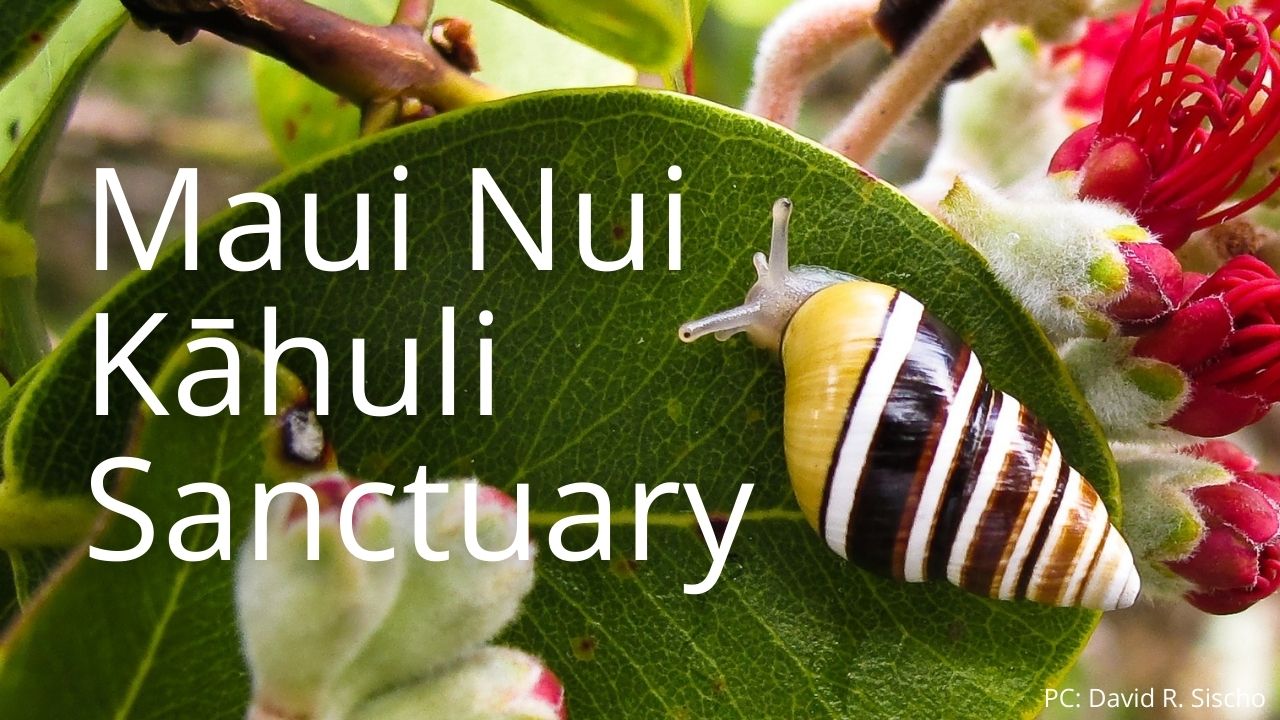 |
Maui Nui Kāhuli Sanctuary DLNR’s Snail Extinction Prevention Program have built kāhuli sanctuaries on O‘ahu and Lāna‘i, places where predator-proof fences protect rare and endangered Hawaiian snail species within their boundaries. Each island has many of its own unique snail species found nowhere else on earth. Rare and endangered snails found in declining habitats on Maui and Moloka‘i have to be moved to O‘ahu for captive rearing to stabilize and protect them. Now, as fences are built on Maui Nui, kāhuli can stay closer to their ancestral homes and laboratory-reared Keiki from Maui Nui can come back to their islands for release into the wild. Learn more about kāhuli on our Snail Extinction Prevention Program pages. |
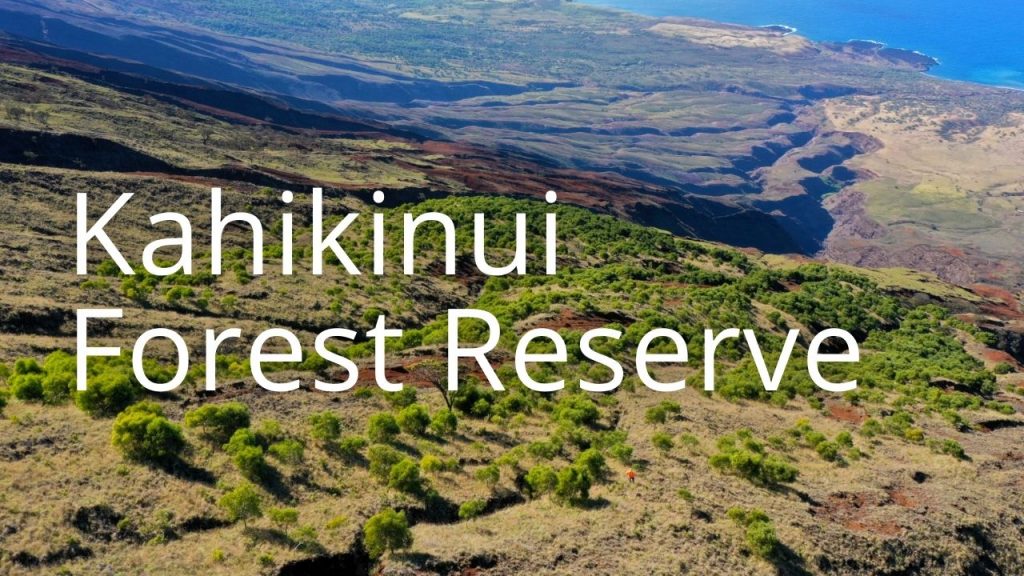 |
Kahikinui Forest Reserve Management PlanForestry & Wildlife has developed a management plan for Kahikinui Forest Reserve on the southern slopes of Haleakalā. The division developed set of webpages exploring the resources and management history of the reserve. Learn more by visiting our Kahikinui Forest Reserve site. |
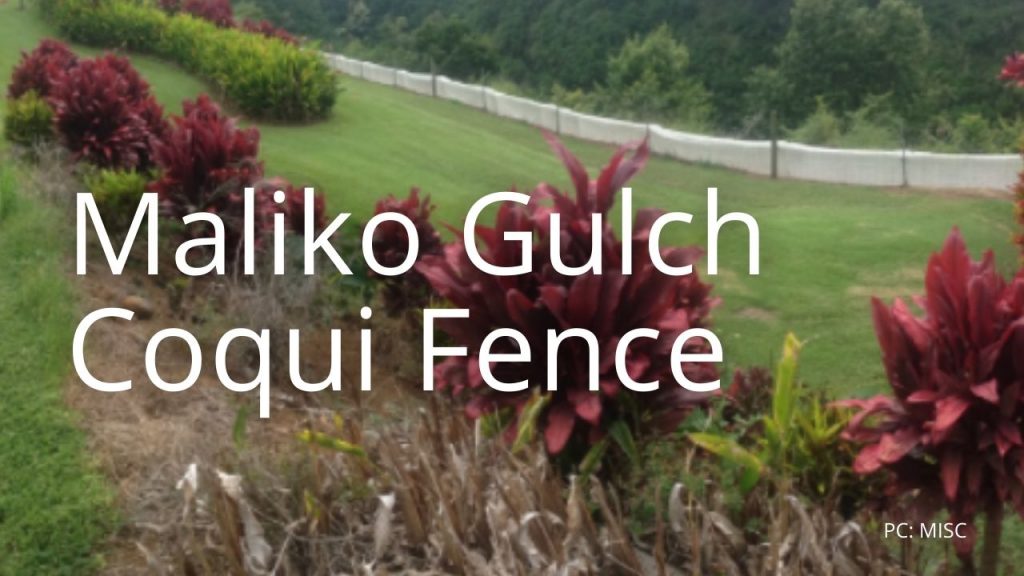 |
Maliko Gulch Coqui FenceForestry and Wildlife is working with the Maui Invasive Species Committee to install a coqui frog fence around Maliko Gulch. The fence will keep frogs from escaping the gulch as MISC continues its control efforts within the fenced area. Learn more at MISC’s page on coqui frogs. |
Ongoing Projects
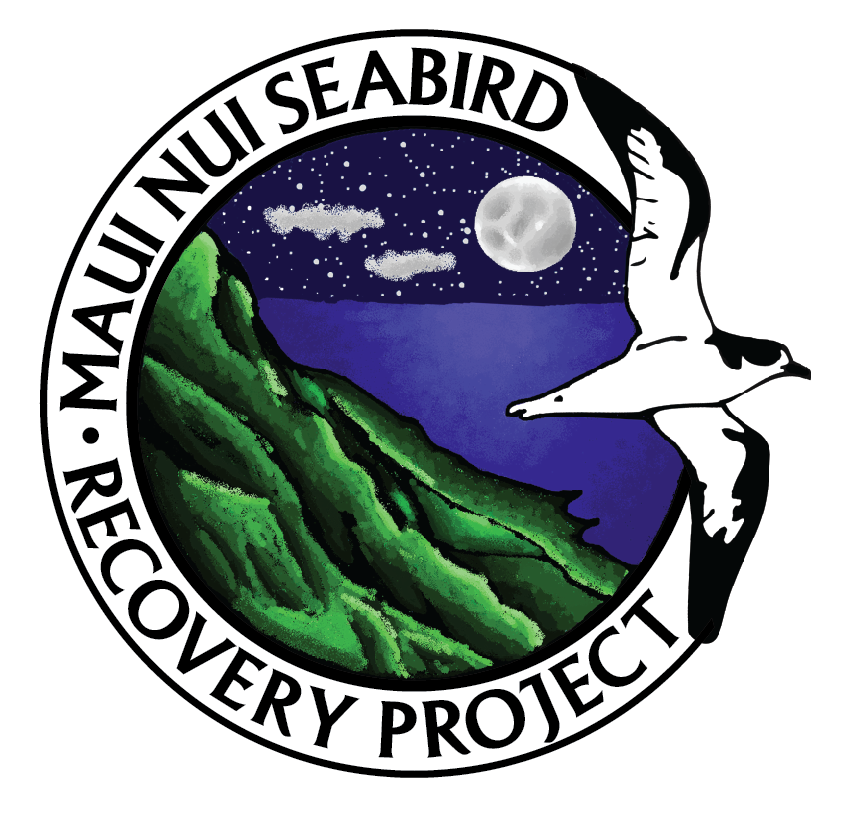 |
Maui Nui Seabird Recovery ProjectThe Maui Nui Seabird Recovery Project works to help DLNR fulfill its constitutionally mandated responsibility for the protection and management of seabirds and their habitats in Maui Nui. Maui Nui Seabirds is a project of The Pacific Cooperative Studies Unit of the University of Hawaiʻi at Mānoa in association with DLNR Division of Forestry & Wildlife and Pacific Rim Conservation (501C3). Visit the MNSRP site. |
Maui Forest Bird Recovery ProjectThe mission of the Maui Forest Bird Recovery Project is to to develop and implement techniques that recover Maui’s endangered birds and to restore their habitats through research, development, and application of conservation techniques. Visit the Maui Forest Bird Recovery Project site |
|
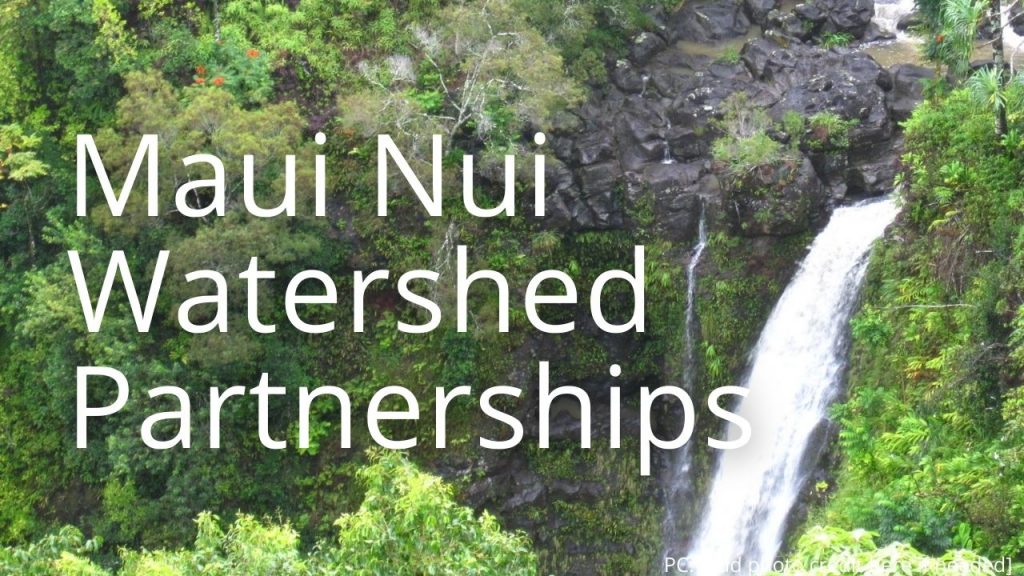 |
Maui & Moloka’i Watershed PartnershipsForestry & Wildlife works with three watershed partnerships on Maui: the West Maui Mountains Watershed Partnership, the East Maui Watershed Partnership, and the Leeward Haleakalā Watershed Restoration Partnership. You can learn about all three groups at MauiWatershed.org. On Moloka’i, we work with the East Moloka’i Watershed Partnership. |
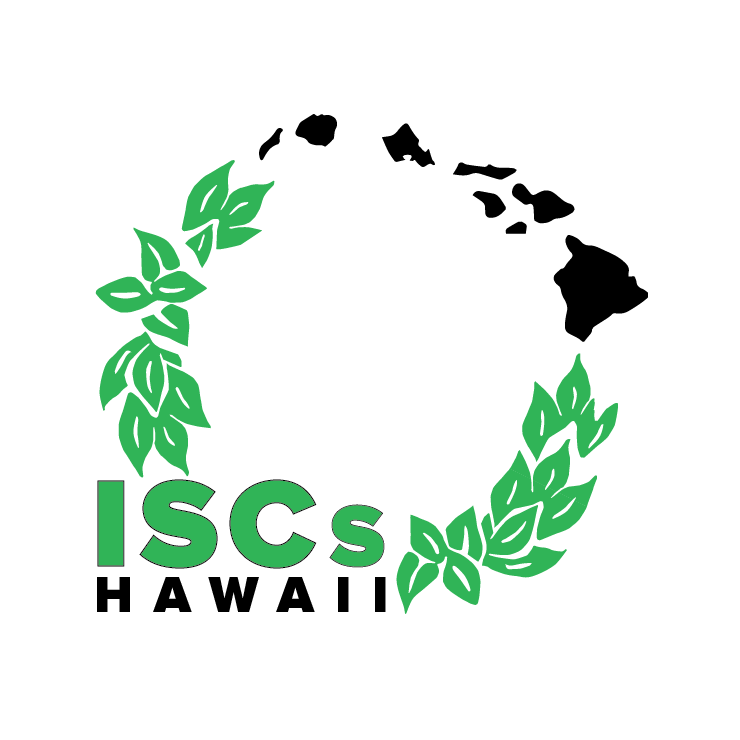 |
Maui & Moloka’i Invasive Species CommitteesThe Invasive Species Committees (ISCs) are administered by the UH Pacific Cooperative Studies Unit. They survey and control for invasive species at an island-wide scale with the goal of completely removing some of the worst invasive species from our islands. DLNR is a member of their committees and provides a portion of their funding. Visit the Maui ISC site and the Moloka’i ISC site to learn more. |
